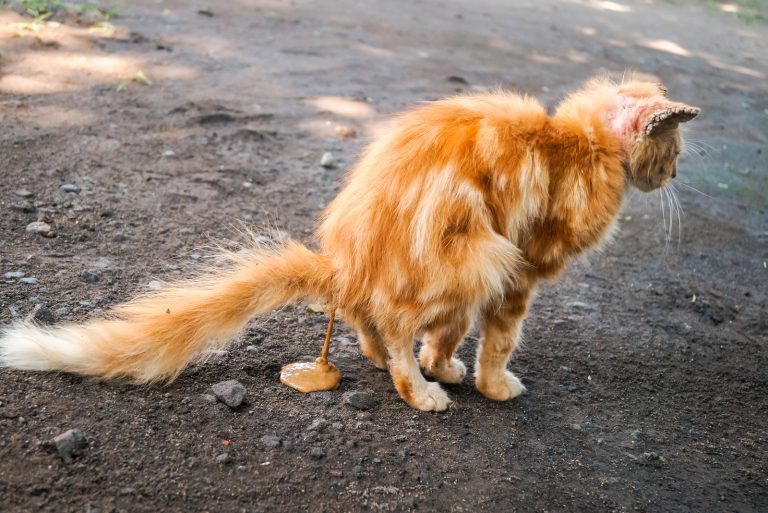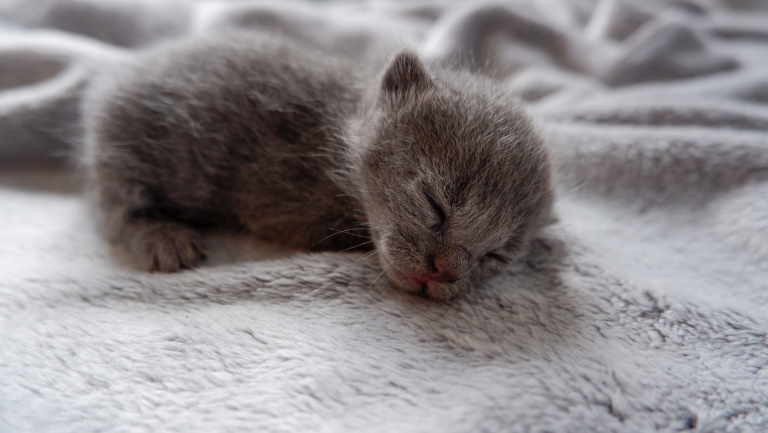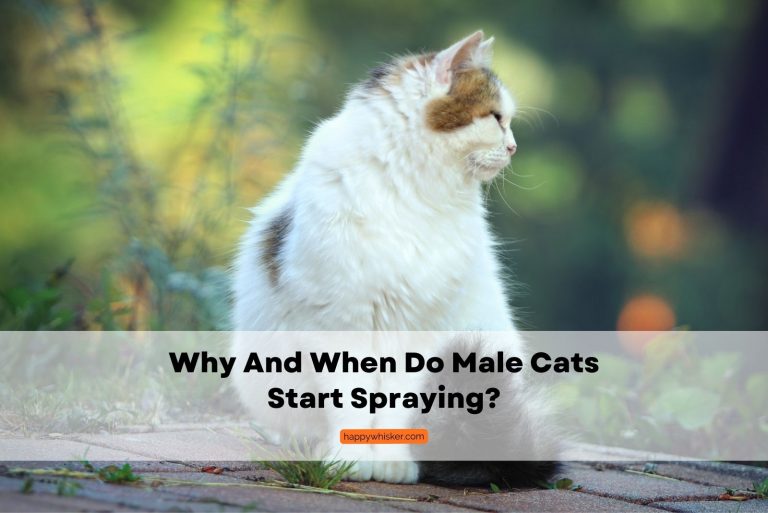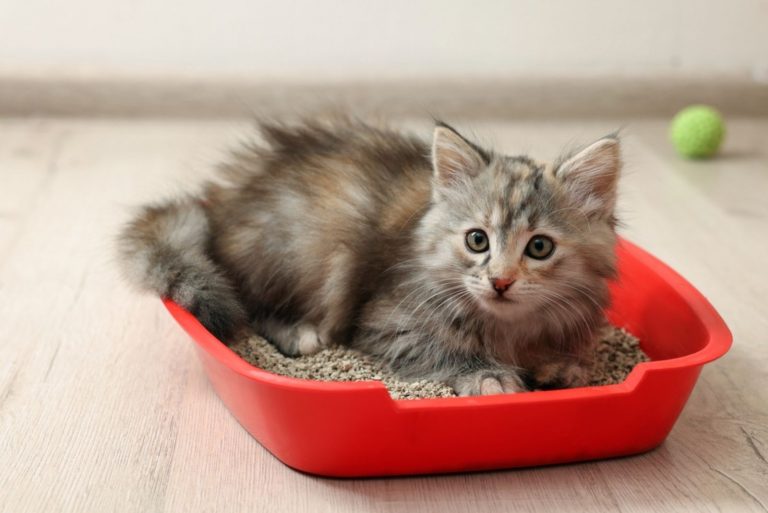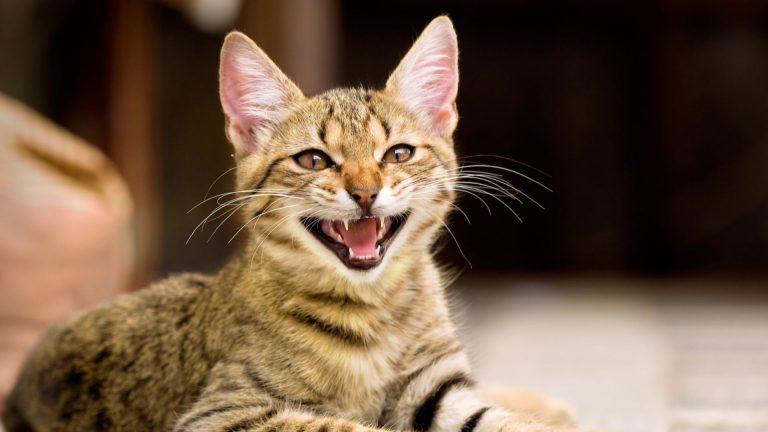Wait A Meow-ment! Do Cats Mate With Their Siblings?!
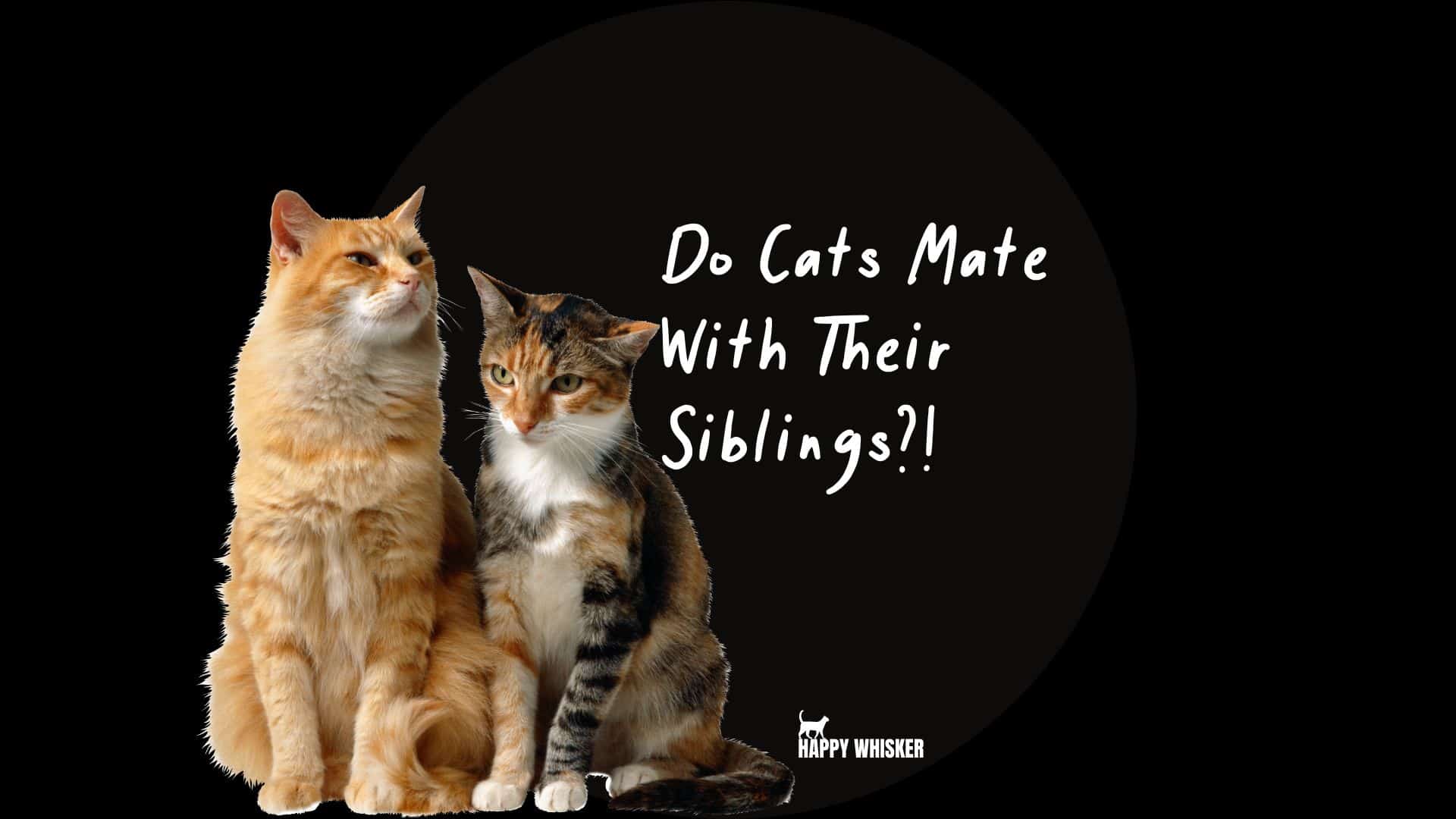
When we think about humans, incest is a taboo topic and something that is not approved or ethical. But is it the same when we talk about our furry friends?
This might surprise you, but incest is not a taboo topic for our feline friends, mostly because they don’t have a sense of incest, as their sexuality is a natural instinct.
But is it true? Do cats mate with their siblings, or is it not paw-sible? The short answer is yes, cats mate with their siblings, but as it’s a more complex topic, I suggest you keep reading and find out more about felines and their sexuality.
Do Cats Mate With Their Siblings?
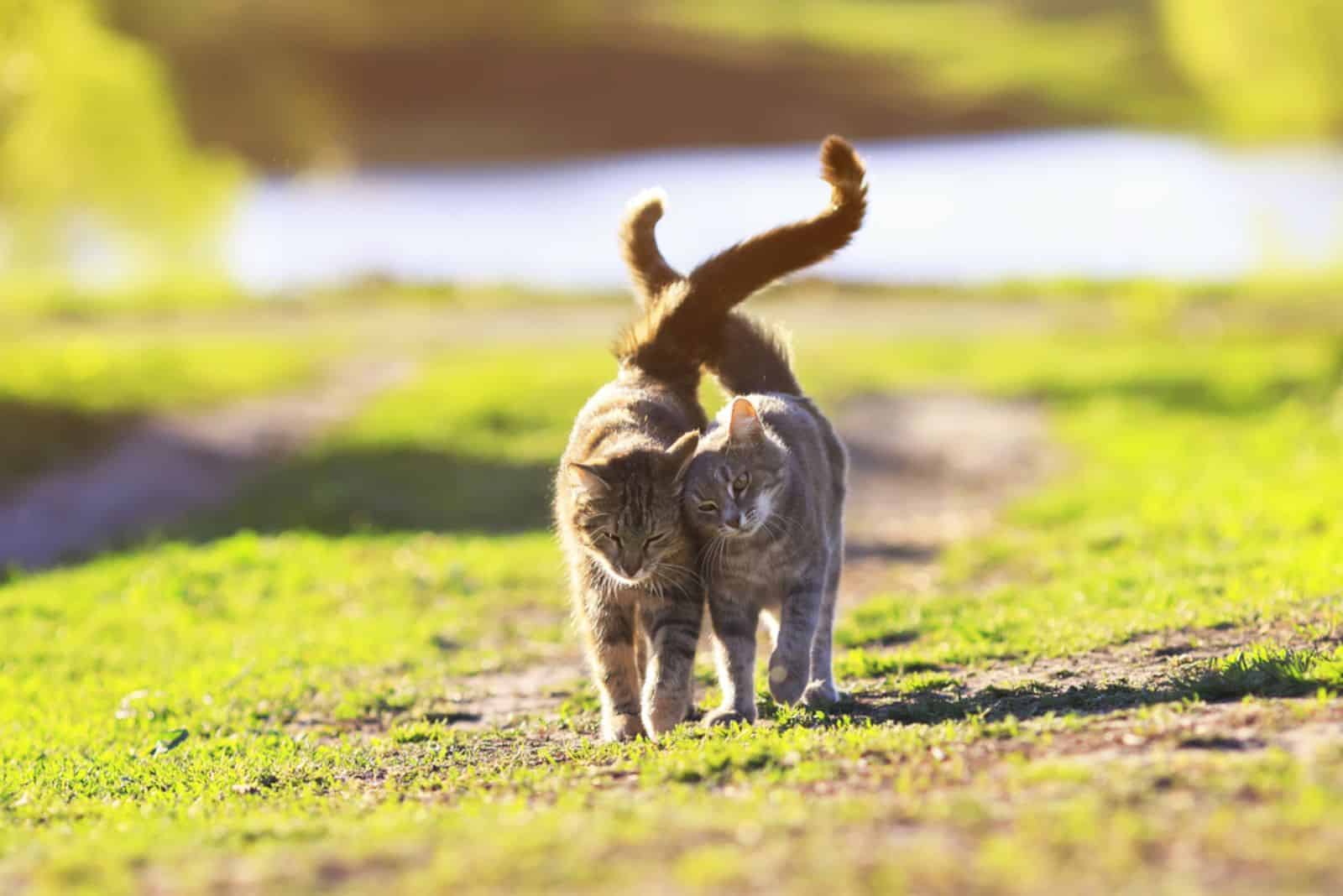
When it comes to sexuality and a clear mind, there’s a great difference between animals and humans. Incest is a taboo topic for humans, but what about cats?
Do cats mate with their siblings? The simple answer is yes, and they don’t see any problem with it.
Despite the fact that sibling cats are growing and maturing together from the first day, they don’t actually see each other as a family but rather as playmates or something similar.
Therefore, when sibling cats reach sexual maturity and females go into heat, that is, the estrus cycle, their body chemistry tells them to mate.
They won’t mind breeding with each other because it’s the natural instinct that prevails in cats. Such a breeding process is called inbreeding. But is that safe, are there any risks that inbreeding brings? Just keep reading, and soon you’ll find out.
Do Cats Mate With Their Half-Siblings?
Just as with their first siblings, or littermates, cats also mate with their half-siblings. Breeding of related cats is called line breeding, and it is a common type of breeding, especially among many breeders.
To make it more clear, I already said that cats don’t have any concept of incest; they don’t pick their mates, they do it instinctively and often mate with their siblings or other relatives, which is a completely normal thing for them.
However, line breeding is when you breed half-siblings or second-degree relatives on purpose. This is a common type of breeding because it’s less risky than inbreeding, but there’s a high chance of getting a perfect example of the breed with desirable genes.
Line breeding still carries certain risks, but they’re lower than with inbreeding.
Why Is That So?
• Cats cannot differentiate their relatives from non-relatives – this is the most common reason why sibling cats mate with their siblings. Unlike humans, animals lack a sense of incest which means that mating with siblings or other relatives is completely fine for animals.
When it comes to cats, their sexual instinct prevails; therefore, they don’t choose who they want to mate with. Because of that, inbreeding and line breeding is very common among abandoned and stray or feral cats, which might bring certain risks for the newborn kittens.
• Unspayed & unneutered cats living together – if you have a multi-cat household, or several cats living outdoors, don’t think they won’t have kittens if they’re related. Just like I already mentioned, cats don’t choose who they will mate with; therefore, if you have unspayed/unneutered cats in your home, they can still reproduce.
The worst thing is that in these situations, overbreeding can also occur, which is why you should pay attention to your felines or simply spay/neuter them so that you can stop worrying.
• Cats mate with their siblings due to their natural instinct – I already mentioned that cats don’t have a sense of incest, which means that inbreeding is a completely normal thing for cats.
As soon as our cats mature, their natural sexual instinct compels them to breed. Cats see their siblings as their playmates rather than family, and because of that, they don’t have any issues with breeding with their siblings and close relatives.
Can Sibling Cats Have Kittens?
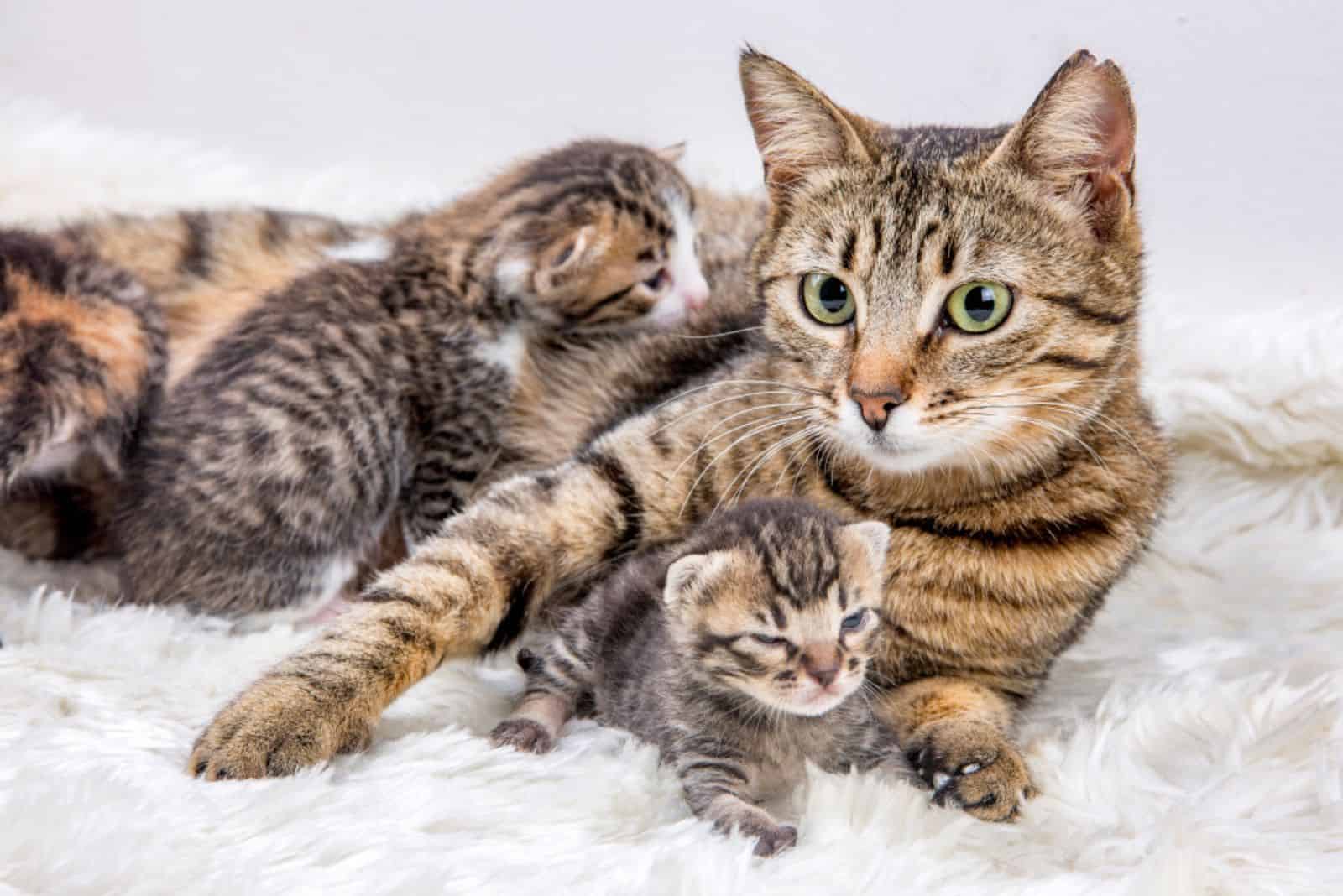
Now that we know that cats often mate with their own siblings or half-sibling due to a lack of sense of incest, it’s time to find out if sibling cats can have kittens.
The answer is simple; sibling cats can have kittens, but only if both of them have reached the age of sexual maturity and are fertile and healthy.
So, kittens usually reach sexual maturity around 4 months of age. That means when kittens reach around 4 months, males are able to impregnate a fertile female, while fertile females are able to conceive.
However, a cat conceiving at 4 months old isn’t quite healthy as they’re too young and not fully developed. Because of that, you should be very careful if you’re having a litter of kittens, or make sure to neuter-spay them on time, if you don’t plan to give them away.
By these procedures, you’ll reduce the risk of accidental litter, the risk of genetic defects, and inbreeding won’t be possible anymore, which is very important as it has many negative consequences, which I will discuss now.
Negative Consequences Of Inbreeding
Even though it might not happen every time, inbreeding often leads to negative consequences, and I think that every cat parent and breeder should be aware of that.
Keep reading, and find out what can happen if you inbreed your cat on purpose.
1. Inbred Cats Are Prone To Serious Health Issues
According to a study about feline fertility, inbreeding may affect the cat’s overall health. These cats are prone to more serious health issues and genetic defects than purebred cats of the same breed.
With that being said, cats with short legs, such as Munchkins, are usually prone to joint problems, hip dysplasia, or kidney issues. On the other hand, cats with ‘flat faces’, such as Persian cats, are often prone to respiratory problems.
However, things are getting more serious, and it’s also possible that inbred cats are infertile or that their fertility is drastically decreased.
With inbreeding, the kittens won’t necessarily have genetic problems or deformities, but the risk of such issues is increased compared to normally bred felines.
2. Inbred Cats May Have Different Physical Deformities
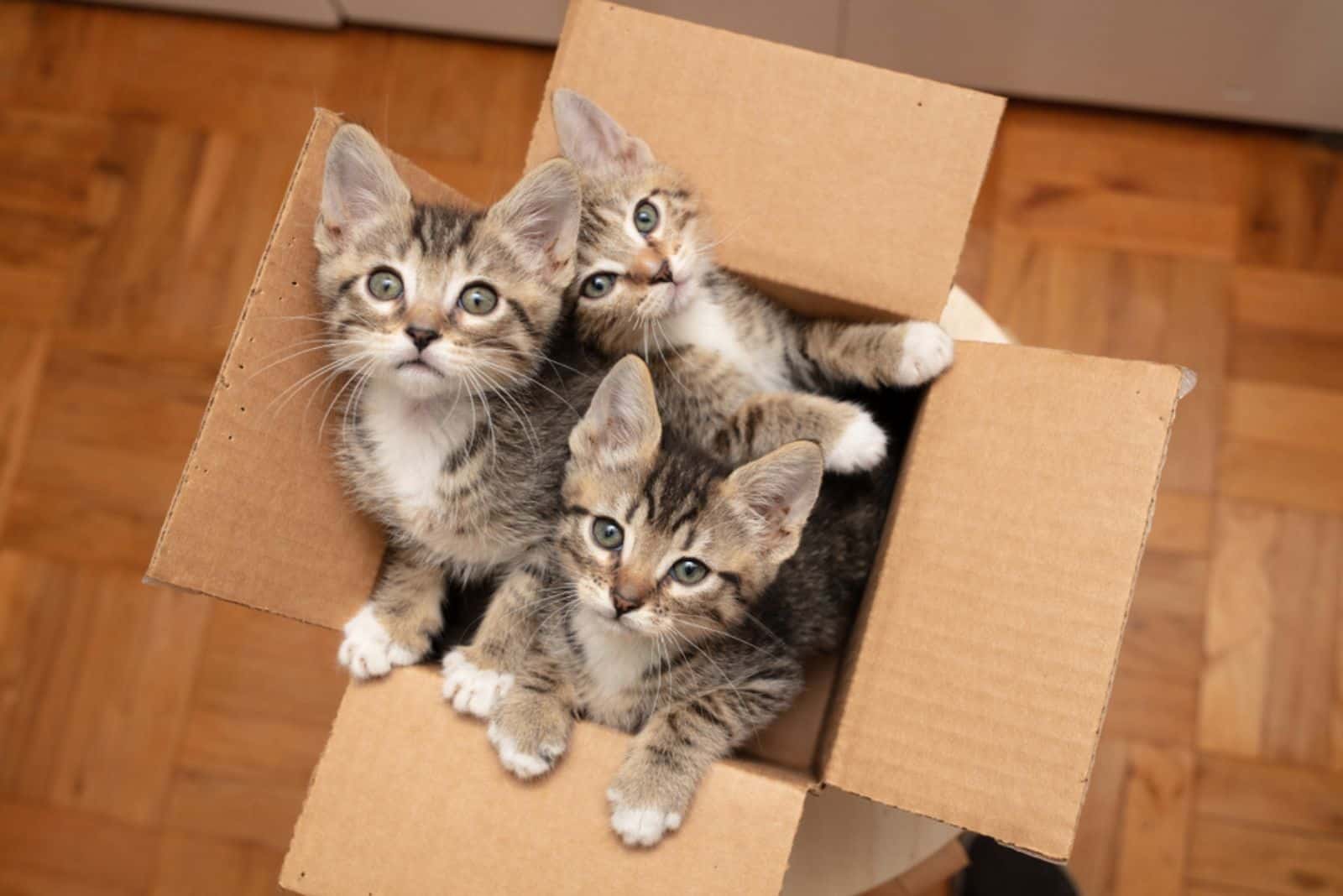
It’s a common case that inbred kittens are born with different physical deformities. Although it’s not always the case, the chances of such issues developing are higher.
With that being said, inbred kittens may have certain differences in their physical traits when compared to their breed, they may have a stumpy tail, crooked nose, short legs, misaligned jaws, abnormal eye symmetry, and similar.
All of these physical deformities, of course, lead to different health problems that make the cat’s life more difficult. Because of that, inbreeding should be strictly avoided.
Although with this process, you can easily get a cat with desirable genes and traits, there is also a higher risk of a kitten with many different issues, and risking that just isn’t worth it at all.
3. Inbred Cats Often Have Weak Immune Systems
Most inbred cats are often characterized by weaker immune systems which is a serious thing because that makes cats more prone to different health issues, infections, and similar problems.
The main thing that causes weak immune systems in inbred cats is actually a lack of genetic diversity. To clarify this, it means that cats’ immune system doesn’t have the necessary alleles that should be acquired through genetic variation.
Cats with immune deficiency are generally weak and vulnerable. They will have difficulties fighting off different diseases or infections, while a normally bred cat wouldn’t have any of these issues.
4. Inbred Cats May Have Different Genetic Abnormalities

Inbreeding may also be the reason for different abnormalities that cats and kittens may have. This is very common, especially if the inbreeding is combined with overbreeding as well.
This usually leads to smaller litters of kittens or infertile cats, both males and females, due to the same gene pool of the parent cats.
Furthermore, most inbred kittens are way smaller than normal, healthy, purebred cats of the same breed.
Such cats usually have a weak immune system, are prone to weight loss, and congenital abnormalities, and their condition may only worsen.
5. Inbred Cats May Have Behavior Issues
It’s possible that inbred cats have behavior issues which is quite interesting, especially if their appearance and health are in great condition.
Inbred cats that have behavior issues may be more difficult to train or even socialize. What’s even more, they may be afraid of people, which often results in aggressive behavior towards humans or even other animals.
What I Know Now…
So, despite the fact that you can get a great example of a specific breed of cat by inbreeding, such cats may be prone to many different problems, because of which cats often end up abandoned on the streets.
This topic brought up a memory of mine. When I was very young, I would often go to my grandma outside the town. She always had a dozen cats around the house, which I adored.
I remember that once our cat delivered two kittens, who looked perfectly normal, but when you look at them from the back, you’d notice a small curled tail, similar to that of a bunny.
We couldn’t quite figure out what happened to the kittens, but I know that these two kittens were never socialized. They would come to eat and everything, but as soon as they noticed any of my family members, they would quickly run away.
Back then, I couldn’t figure out what their problem was, but now, I’m sure that those two kittens were actually a result of an accidental inbreeding process.
How To Prevent Inbreeding Or Line Breeding?
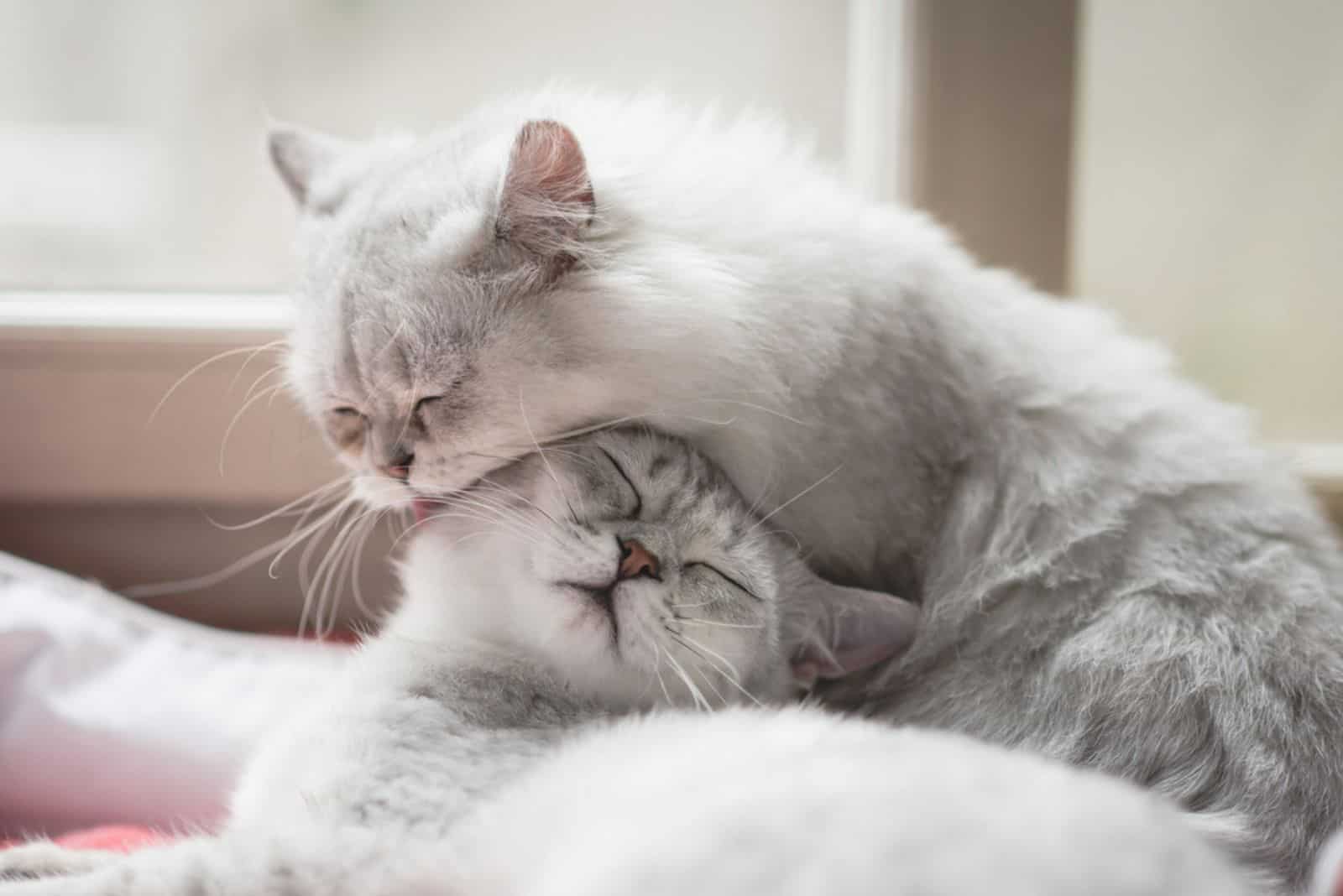
Preventing breeding or line breeding of your cat is very easy, you just have to pay closer attention to your cat during certain periods of time. However, preventing inbreeding and line breeding of stray and feral cats may be more difficult, and it requires professional help.
Now, if you want to keep your cats safe and prevent them from these two breeding processes, here’s what you can do.
Spay/Neuter Your Cats
The best way to prevent your feline friend from inbreeding or line breeding is the spaying/neutering procedure.
The American Veterinary Medical Association (AVMA) states that the spaying procedure refers to the removal of the ovaries, uterus, and fallopian tubes, making the cat unable to reproduce, eliminating heat cycles, and reducing breeding-related behavior.
On the other hand, the neutering procedure refers to the removal of the testes from a male cat, making him unable to reproduce and decreasing breeding-related behavior.
So, by spaying or neutering your cat, they won’t be able to reproduce. Some cats may continue to mate due to their instincts, but it’s important that they cannot reproduce.
If you wonder what is the best time to spay/neuter your cats – the best answer would be when they reach 5-6 months of age, which is when they develop properly and when they mature.
You can actually spay/neuter your cat at any age, but it’s better to do that at a young age which will also decrease the risk of developing possible health issues.
Isolate Your Cats When In Heat
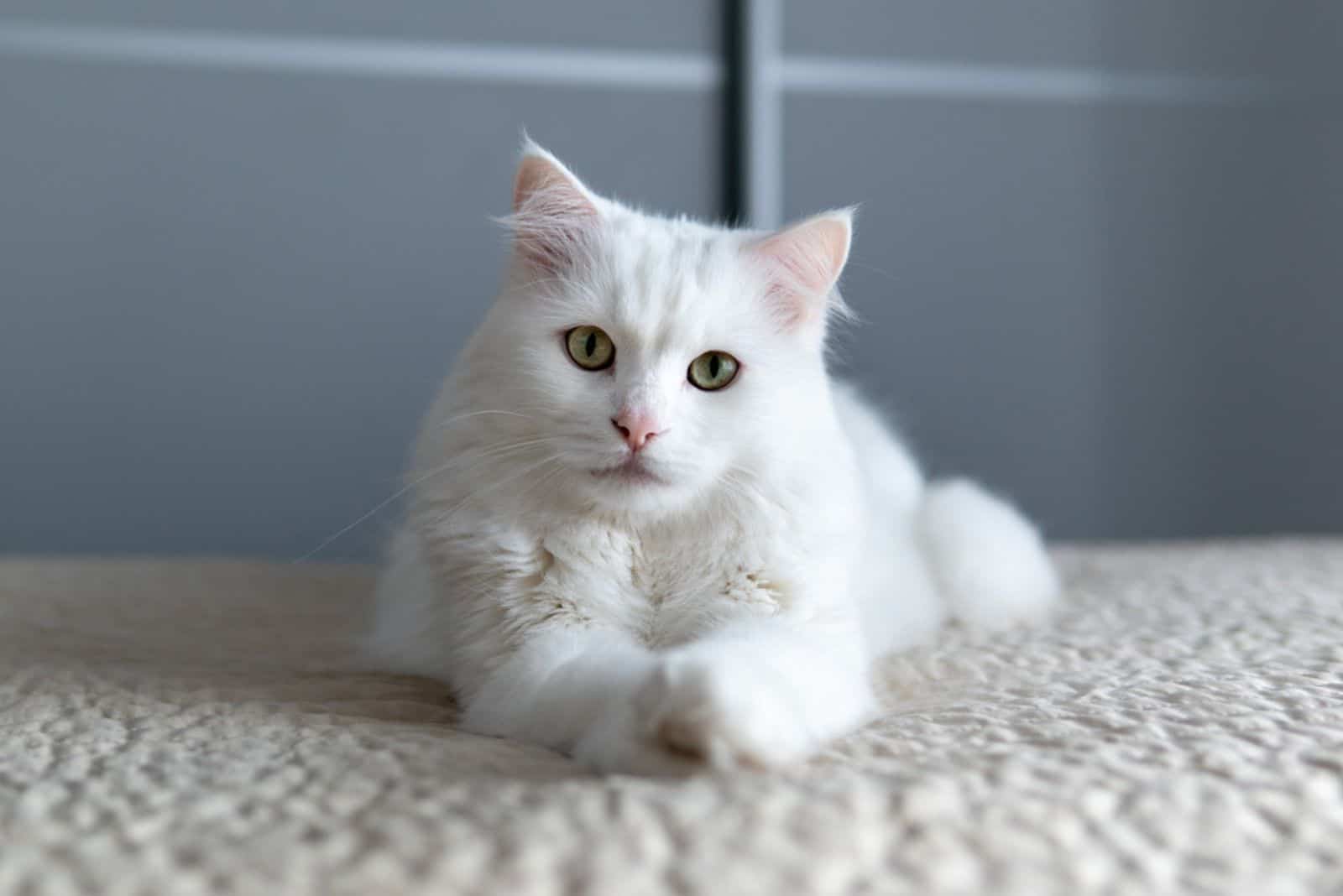
If you don’t want to spay/neuter your indoor cats, then you should try something more challenging, such as isolating your cats when they are in heat.
Although this sounds simple, to me, it’s not, and it’s very frustrating, but everyone is different, and luckily every cat is different.
Unneutered and unspayed cats, especially cats in the heat cycle, still show breeding-related behaviors meaning that the period of isolation will actually be very loud.
Cat owners who choose this type of solution often experience many of the cat’s unwanted behaviors, such as loud and excessive meowing, spraying around your environment, scratching the furniture, female cats bleeding, and similar.
This solution would be much easier if you have enough space to separate your cats, especially if you have someone that can help you with that.
Adopt Siblings Of The Same Sex
Another thing you can do to avoid inbreeding or line breeding is to pay attention before adopting cats. So, if you plan on getting more than one cat, it would be best to adopt two siblings of the same sex, so either two female cats or two male cats.
That way, cats won’t be able to reproduce, and inbreeding won’t occur. Moreover, if you choose sibling cats, they’re already used to each other, so you don’t have to worry about introducing them to each other properly.
Sometimes, adult male cats may be more territorial, while female cats are way calmer. But, whatever you decide, it’ll be much easier than adopting two siblings of the opposite sex.
Adopt Male And Female Cats Of the Same Breed But Non-related
In case you want to start the breeding business, but you want to avoid inbreeding or line breeding, then it would be best to adopt a male and a female cat of the same breed for a start, but from different breeders, making sure that cats aren’t related or that they’re distant relatives.
That way, you can breed your kitties according to the breed standard and produce healthy kittens without the risk of inbreeding and the possible consequences it carries.
However, if you decide to go with the breeding business, just pay attention to your cats’ health and avoid overbreeding if you want them to be in great shape and in good health condition.
Different Types Of Cat Breeding
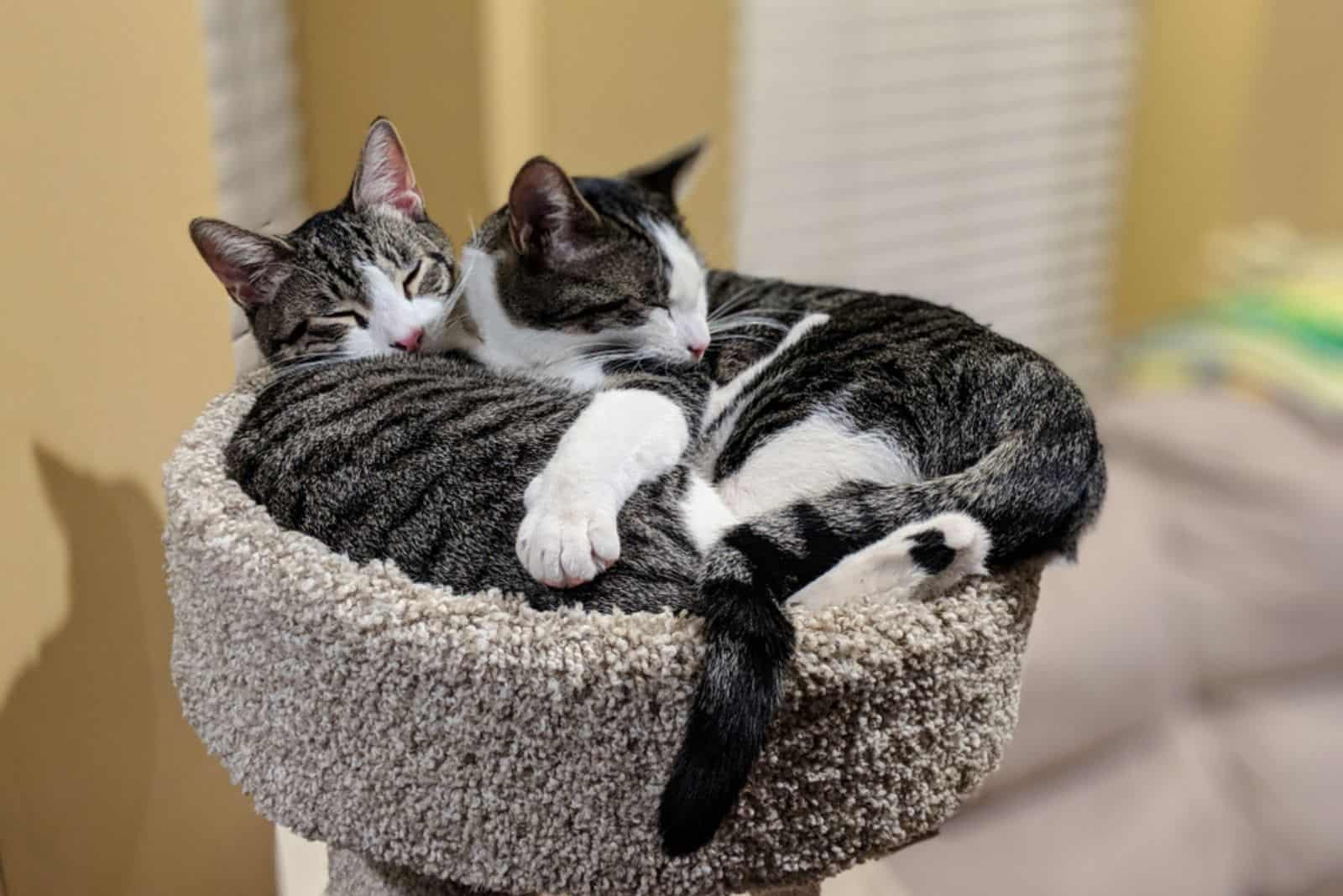
There are several different types of breeding that you should check out!
Inbreeding
Inbreeding is a process that refers to breeding between related animals, in this case, sibling cats. When it comes to sibling inbreeding, there are many different possible combinations.
So it’s possible that brother and sister cats will engage in copulation, mother cat with son, or father cat with daughter, and similar.
Inbreeding is a normal thing among felines and also among some cat breeders, especially for pedigree cats as this process helps them get cats with the parent’s desirable genes, from which they can benefit a lot. But, it still should be avoided as it can have many negative consequences for the inbred kittens.
Line Breeding
Line breeding is a breeding process that refers to the mating of half-siblings. When talking about half-siblings, it usually refers to the cat’s distant siblings or second-degree relatives.
This type of breeding is also popular for achieving the desired traits in kittens. However, even though there’s a lower risk of different deformities than with inbreeding, the risk is still present, so it would be best to avoid line breeding too.
Overbreeding
I would say that overbreeding is a cruel type of breeding that should be forbidden. The main reason for that is that this breeding type refers to breeding a cat more times than its body can handle.
Every cat needs a break after delivering kittens, and the safest and healthiest for a mother cat would be to have only one or two litters a year.
Overbreeding can severely affect both male and female cats, leaving them with serious issues such as eye problems, hip dysplasia, breathing difficulties, and similar.
Therefore, it’s not healthy for breeding cats, and neither for newborn kittens as they can be born with certain defects, which is why this type of breeding should be avoided at all costs.
Crossbreeding
Crossbreeding is a type of breeding of two different breeds of cat that have no relation. Most cat breeds that we have nowadays appeared due to crossbreeding.
This type of breeding was used by breeders who wanted to create specific cat breeds for certain purposes or with specific physical traits and similar.
Outbreeding
The outbreeding process refers to the breeding cats of the same breed who aren’t related to each other, have different bloodlines, and have completely different traits.
This type of breeding shouldn’t carry any problems; however, breeders doing this may not achieve the wanted results because outbred cats usually don’t have the desired physical traits. Still, that isn’t always the case.
All In All…
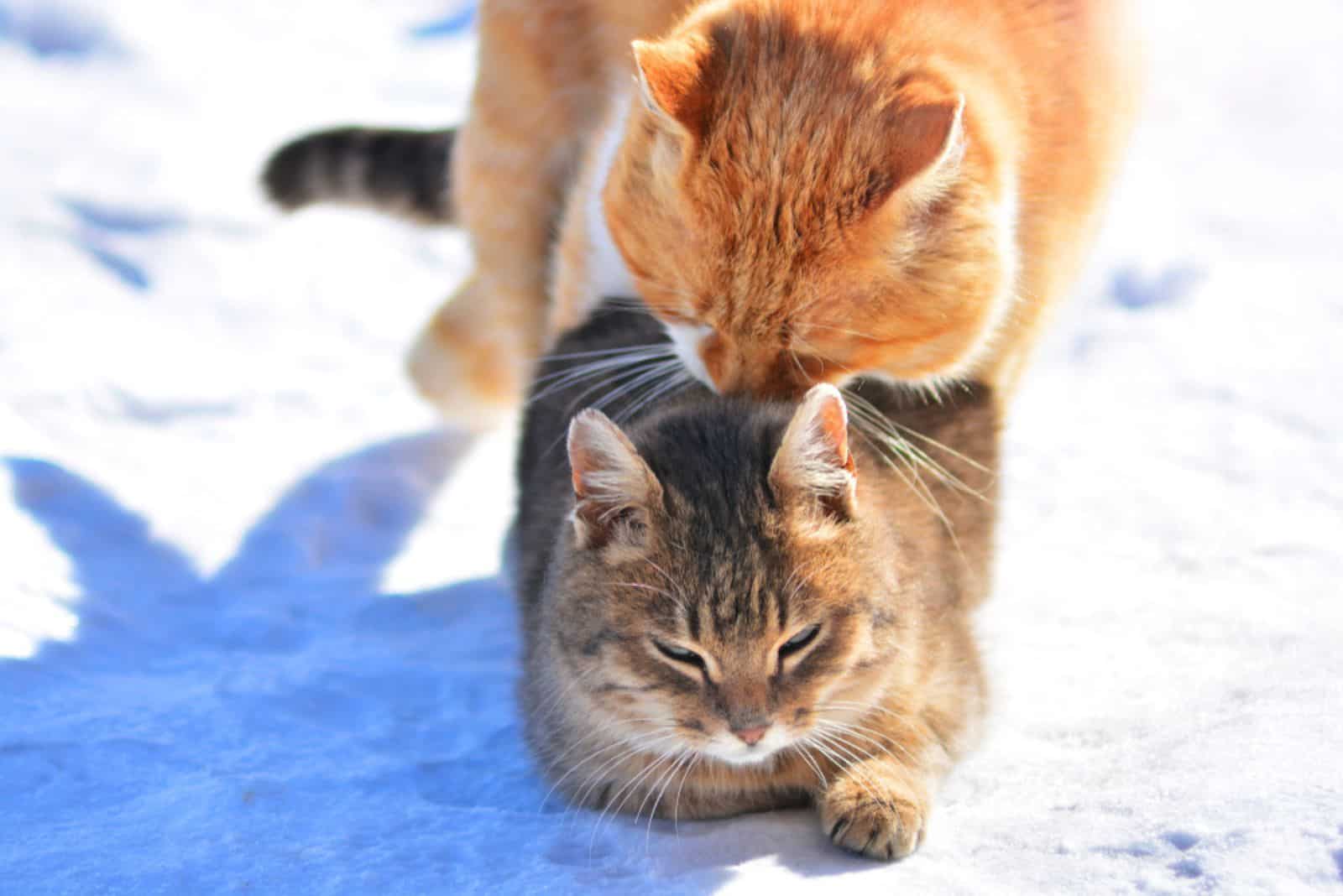
You may have noticed sibling cats in action many times, which probably led you to wonder – do cats mate with their siblings?
To understand the answer to this question, first, you should know that cats don’t have any sense of incest, and their sexual instinct prevails when it comes to mating season.
So, when female cats enter the estrus cycle (or heat) and male cats sense it, they don’t really choose who to mate with, which is why mating with their siblings is a completely normal and natural thing for felines.
This article provides you with the necessary information on this topic that will help you better understand feline sexuality, as well as help you know what to do in case you have sibling cats or something similar!
Related Content
• Can Male Cats Mate With Other Male Cats? Explanation Below!

